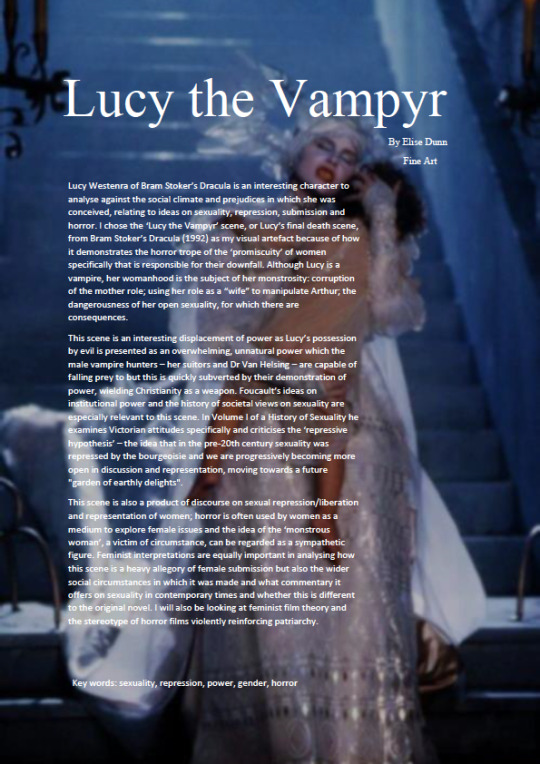Text
Questioning visual materials
5 paradigms of Louise Bourgeois’ work
1) theme of familial relationships - Bourgeois’ dysfunctional home life and childhood had a big impact on her outlook on life and her art work. Family and relationships were ideas she often explored, with emphasis on gender.
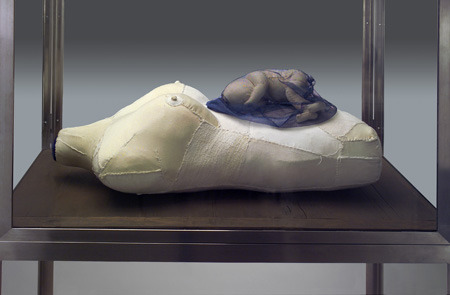
2) material: use of textiles contrast with metal sculpture
I found it interesting that much of her sculptural work was textiles based stuffed objects, connoting ideas of comforting soft touch, while she also had a large body of large scale , metal sculptures. These seemed to be complete contrasts, I liked the polarity.
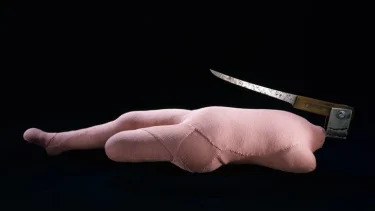
3) abjection in body representations
I was also very interested in how Bourgeois presented trauma and pain through the body. It is often done with a notedly female perspective and draws on autobiographical elements
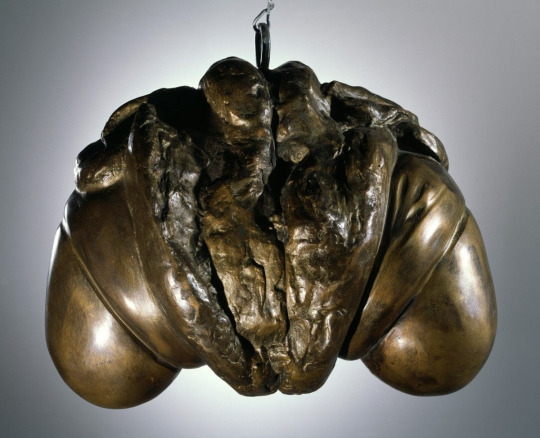
4) importance of colour/motifs (e.g. red and pink and white)
Certain colours reappear in Bourgeois’ work very often because of their symbolic connotations. For instance, in Red Rooms, the colour is used to reference several different ideas: wild instincts; strong involuntary feelings; passion, fury, love. Unresolved involuntary feelings are a recurring theme.
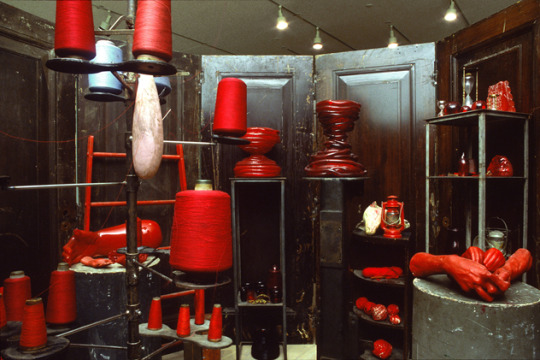
5) confinement
Bourgeois looks at the idea of confinement through several different means. The idea is explored literally through her series of Cells but the idea of emotional confinement and repression is closely linked to her works on the family.
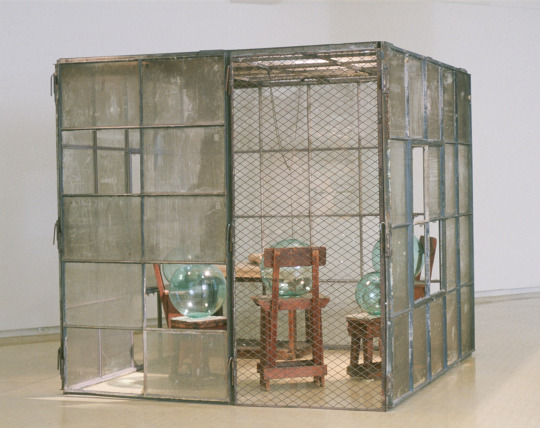
0 notes
Text
Visual and Cultural Hierarchies
Chris Ofili
· I like his use of colour particularly in his more recent works and watercolour paintings. It seems to me very deliberate and sensitive
· I am also interested in his subject matter and the ideas he explores in his art. His use of folklore and mythology as well as socio-political issues including police brutality and racism. ‘Hybridity’ can be used to describe his work, mixing Western and Nigerian iconography in his paintings
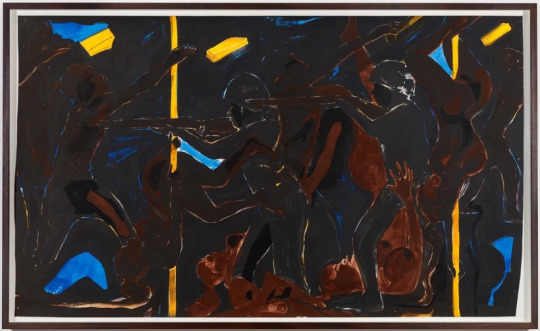
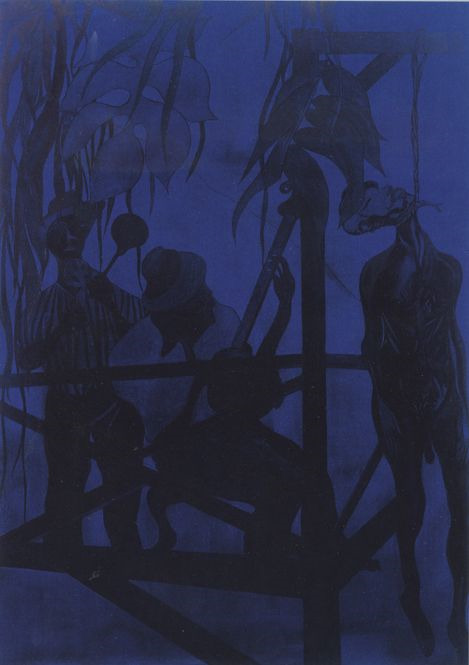
Louise Bourgeois
· Colour motifs – I am interested in how Bourgeois uses these to convey a certain
· Use of textiles
· Installation and use of nonconventional materials
· Ambiguity
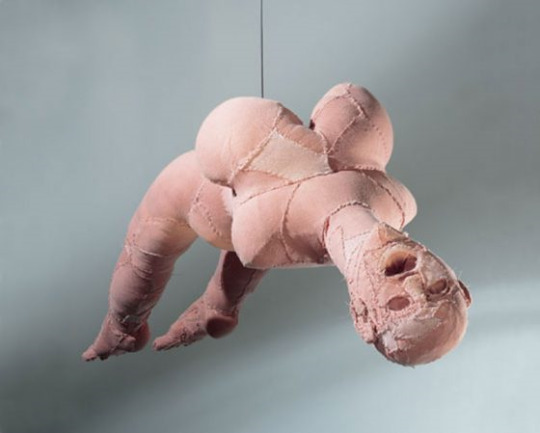
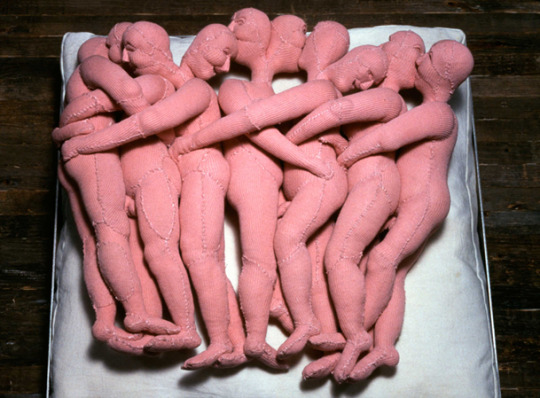
Caroline Achaintre
· I am interested in her use of materials (textiles and ceramics) but particularly her ceramic works because of their strange abstract organic appearance, with scaled and ribbed textures. They seem partially based in reality but remain in the realm of the unknown.
· Masks are a recurring element in her work and I think this relates to the idea of being seen and self protection or concealment. Even in her ceramic sculptures which I find to be most interesting of her work, eye holes are present.
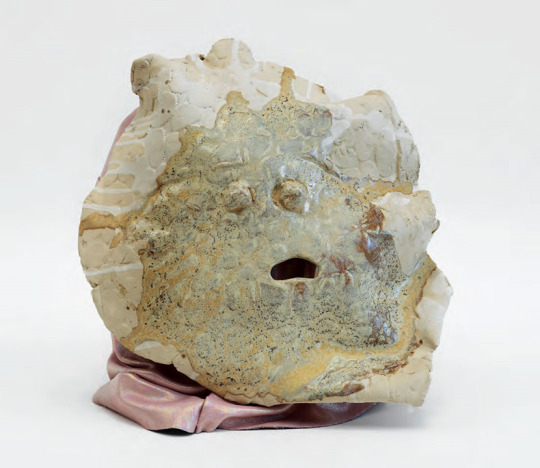
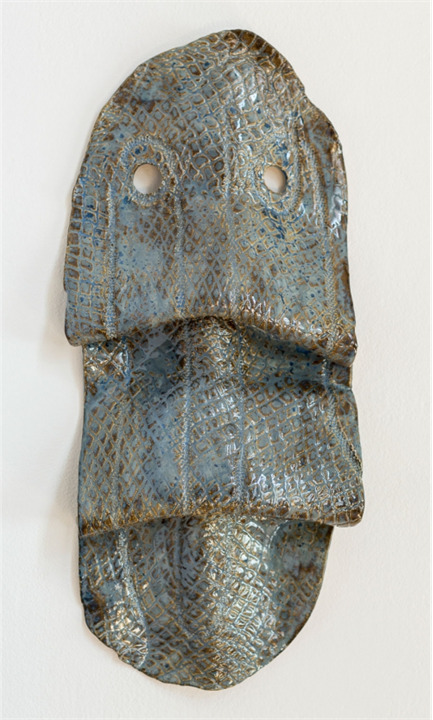
Cecily Brown
· I am drawn to the fleshiness of her paintings in terms of colour and texture. Her tactile oil paintings renewed my own interest in painting. I like the indiscernible, sensuous bits of bodies you can make out in the chaos
· Brown’s brushstrokes convey well a lively, energetic sense of movement. I think with the large scale of the paintings this is quite powerful and works well.
· There are also a variety of influences in history present in her work, and I was interested in how she fuses these together
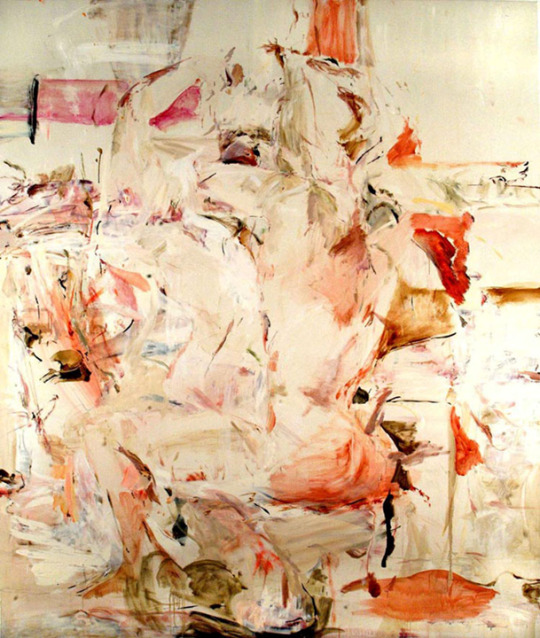
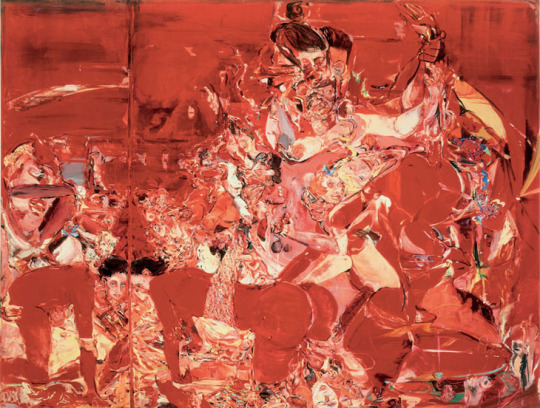
Mimosa Echard
· Echard’s art makes use of collected parts and organic forms, dead and living. Her use of materials - combination of synthetic and natural - interested me because she uses them to construct ecosystems and life lines. Much of her work explores the imagined inner workings of things which gives way to interesting textural pieces
· I really like how Echard utilises colour and balance in her installations. I think this makes her work very immersive which fits well with its other-worldliness. It seems familiar but new

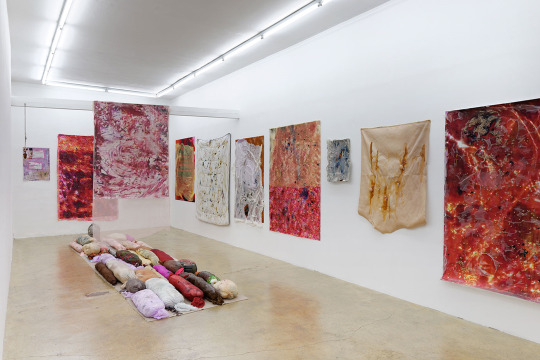
Josh Faught
· This was some of the first textiles art I saw in a gallery so I was fascinated with Faught’s methods and their historical significance, inspired by queer and feminist deployment of traditionally domestic crafts during the 70's and after. This is effective in conveying the sensitive, political subject matter of his work. I was also interested in how visibly labour intensive his works are - they are hand crafted through knitting and crochet and the fibres are all hand dyed with dyes made from bugs
· I like his use of found objects such as badges and books placed within the works to express a narrative or suggest one. They are strategically placed and are minimal but highlight certain ideas in his work very well
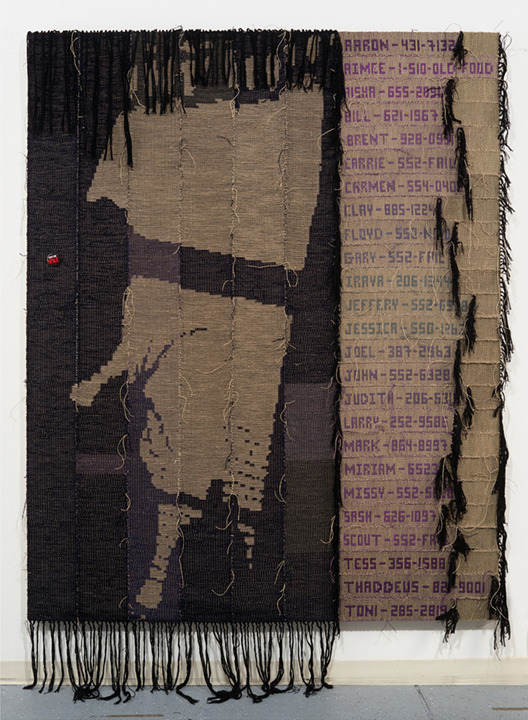
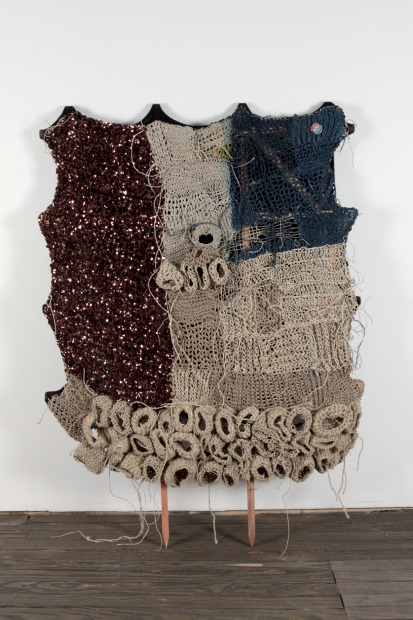
Rachel Whiteread
· I like Whiteread’s focus on domestic objects and their connotations - they evoke homeliness but cast in various materials they become the physical memory of the object, stripped of functions. The result I think is quite ghostly and haunting. I am interested in how she considers space and atmosphere and represents them as visible, tactile entities.
· I am also interested in how she plays with materiality in her work - she will often mix originally soft objects with hard or soft colours but are ultimately cast hard materials that look similar to but are completely foreign to their original object.
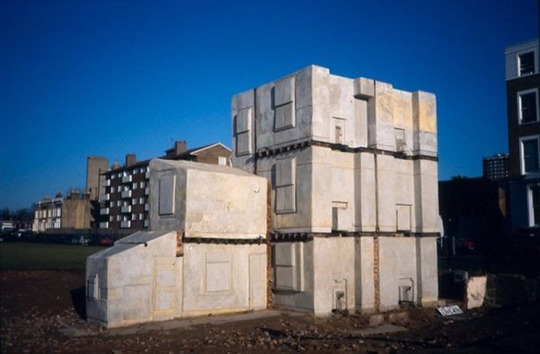
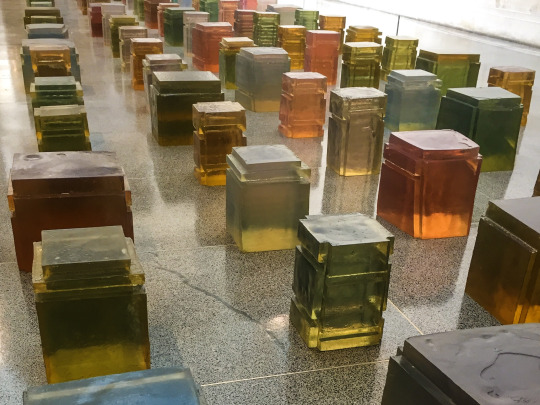
Elżbieta Wasyłyk
· I like the ethereal nature of Wasylyk’s paintings and how she paints from life but documents what is not visible but what she still feels is present in the moment. This links to phenomenology
· Her presentation of relationships / human connection is an interesting topic to me

Clementine Keith Roach
· I am primarily interested in Clementine Keith Roach’s body presentations in her work - they are fragmentary and almost grotesque. Her sculptures are a combination of classic pottery and body sculpture.

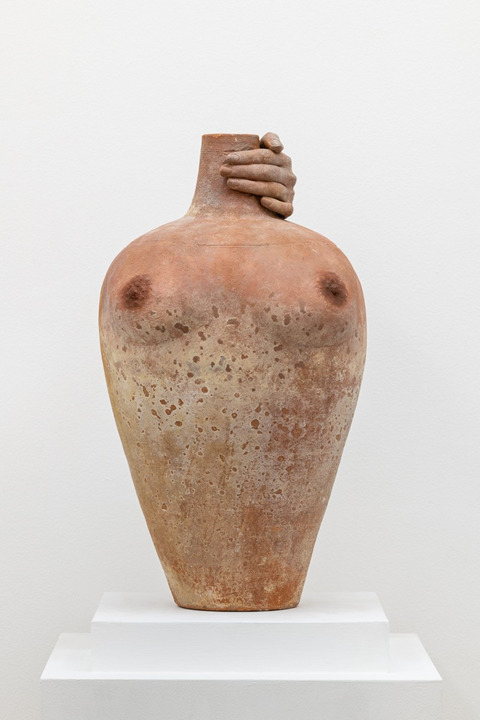
Nan Goldin
· I think Goldin’s photography is striking because it shows a candid, personal depiction of her life. Her photographs are mostly of her close friends and are self portraits so there is an vulnerable, autobiographical element to them. The intimacy of the photos is immediately apparent
· I also like the chaos behind her photographs, she manages to capture energy and movement in a fascinating way. Much of her subject matter is intense and shocking elements of real life but her photographs have a soft, dreamlike quality to them that provides an interesting contrast
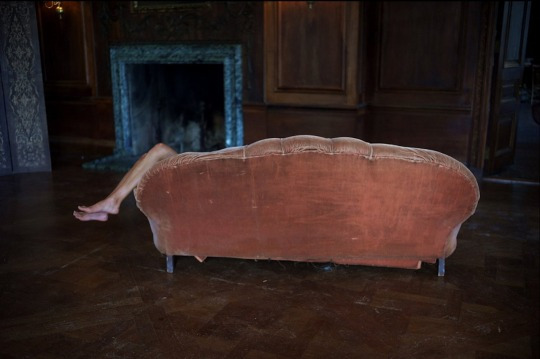
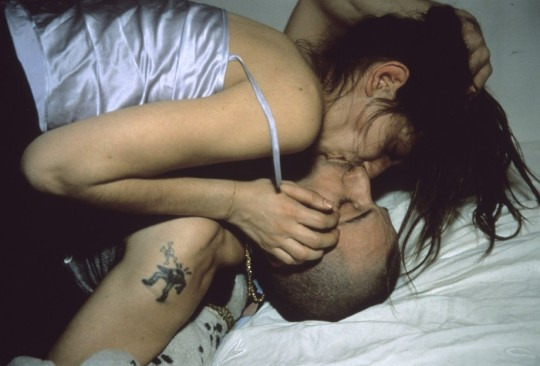
0 notes
Text
Making histories
If I were to curate an exhibition on the history of any discipline I would look at textile art specifically. I am interested in the relationship between touch and memory which I think is best explored through textiles - “cloth bears witness to lived experiences”
Lisa Anne Auerbach
Auerbach’s work is interesting for her combination of text (political messages) and clothing. I like how they take a very comfortable and non-threatening medium - the handmade knitted jumper - and fuse it with inflammatory opinionated text. The functionality of it is something I especially like because these can be worn by people, transforming them from objects to be viewed in a gallery to something in flux , more like a performance.
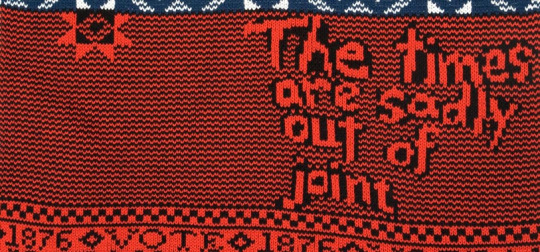
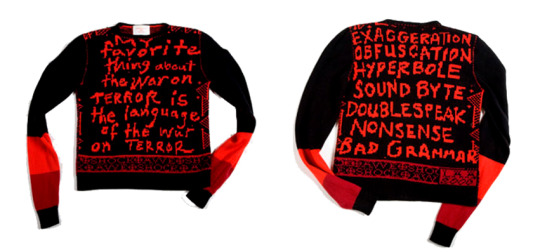
Chris Ofili - Caged bird
This piece fascinated me because of the process it went through. It is a woven tapestry adapted from a watercolour painting and at first glance it appears as a painting, with softly blended colours and brushstrokes. I think this is more impressive when you consider that every colour is made up of many different shades of yarn to give it the appearance of watercolour paint.
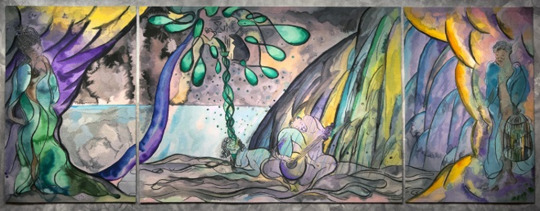
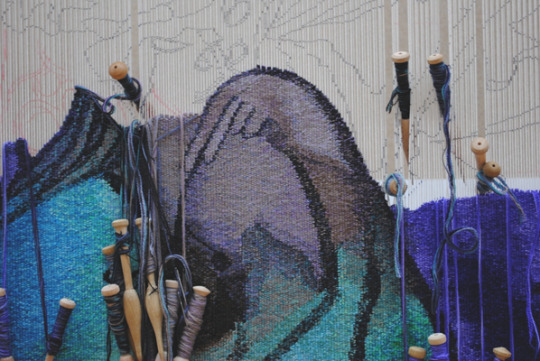
Anni Albers
Albers work has been highly influential in textiles art for her fusion of the ancient handweaving and the language of modern art. Her work often features hard geometric shapes but through the medium of textiles they appear flexible and alive. I think there is a mysterious element to her work. I am interested in her use of pattern and abstraction.
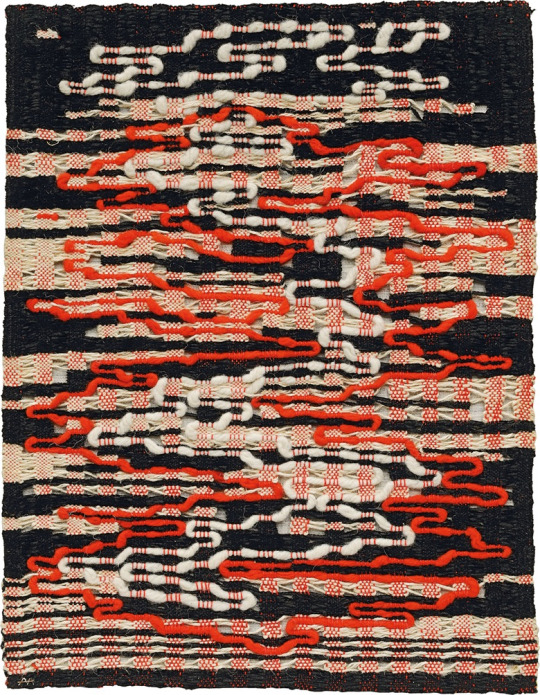

Sheila Hicks
Hick’s work has also been very influential in terms of textiles art and I am very interested in her asymmetical weaving style. To me her pieces look as if they are organic and lively.
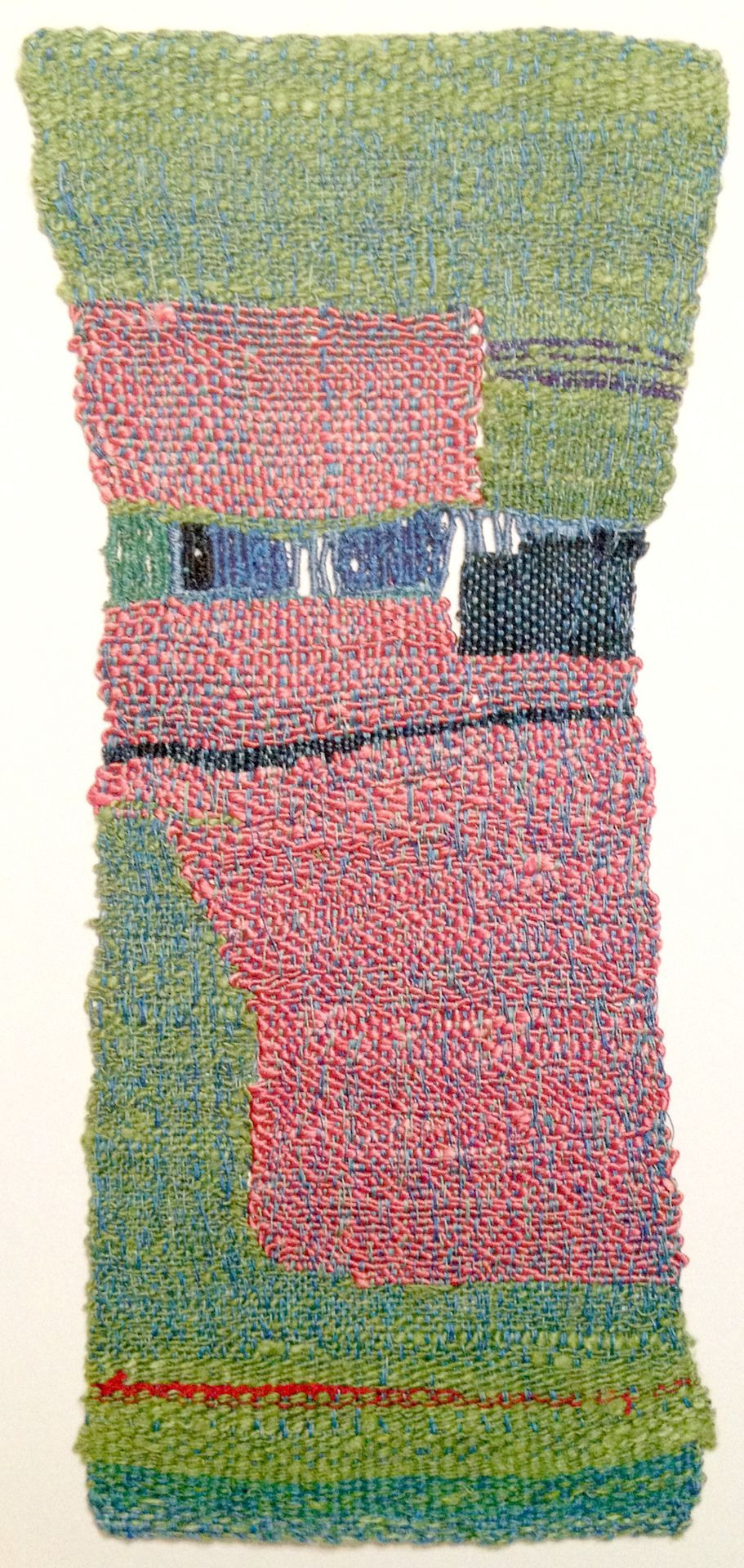
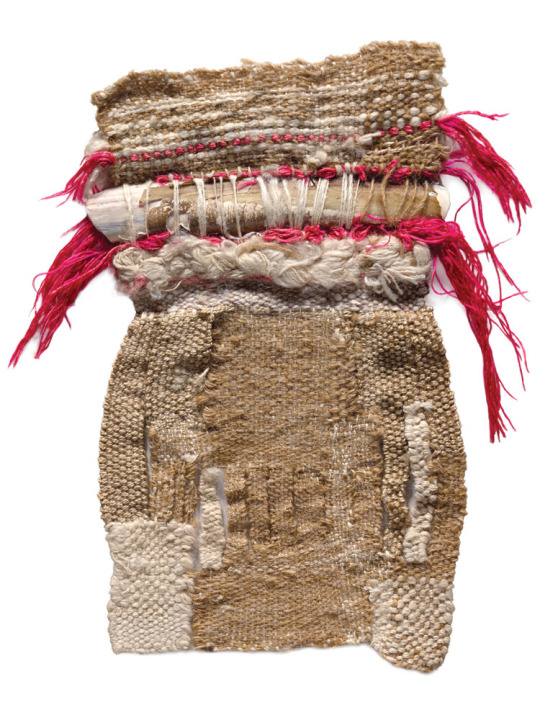
Zoe Leonard - strange fruit (for David)
I find this piece particularly interesting because of it’s subject matter. I think it captures the essence of textiles art because it is an active tool of memory work. This piece has been described as a private mourning ritual for a close friend of the artist and I think it documents her emotional processing of the event. It is a performance of mourning work.
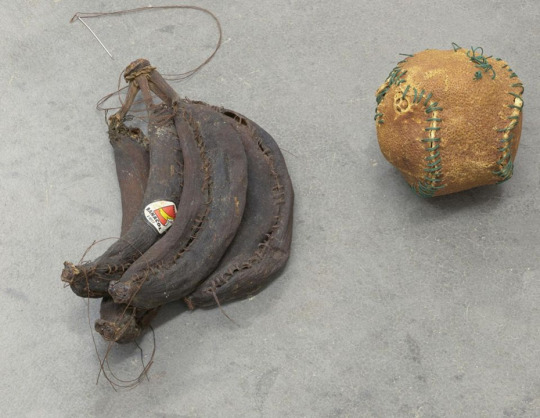
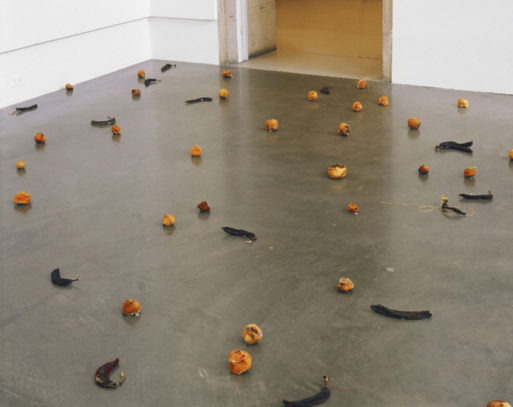
Dora Jung
I find her weavings to be very interesting for their subtle use of colour and shape. They evoke imagery of natural forms and landscapes but presented through a similar geometric lens that Albers utilises in her work. Visually her silk weavings are very rich and there is more to look at the longer they are focused on.
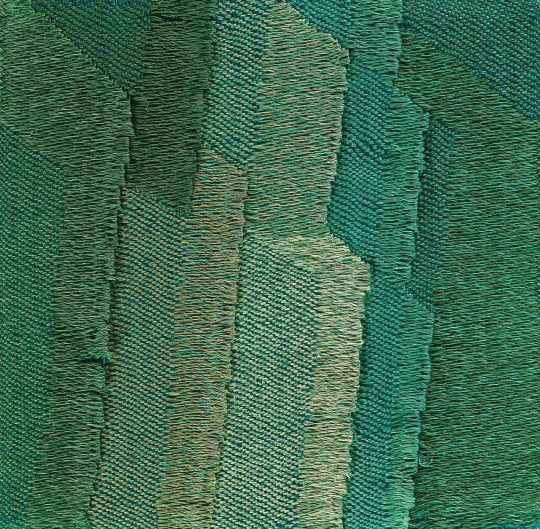
Diedrick Brackens
I particularly like how Brackens uses tapestry to convey a narrative. He uses simple imagery that look as though they are inspired by stills from everyday life. Like Chris Ofili’s Caged Bird, I see a painterly quality to his woven tapestries. I especially like the subtle use of colour.
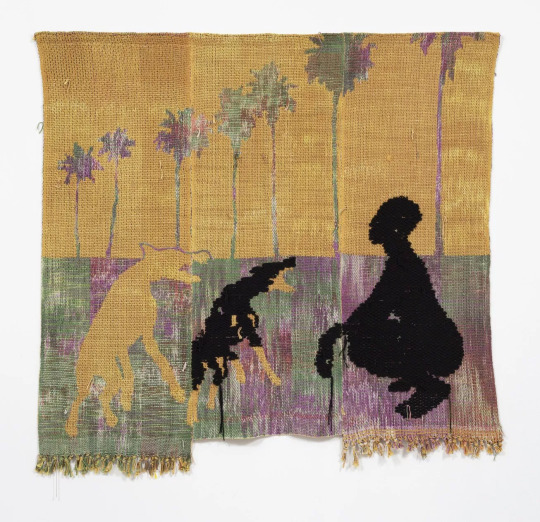
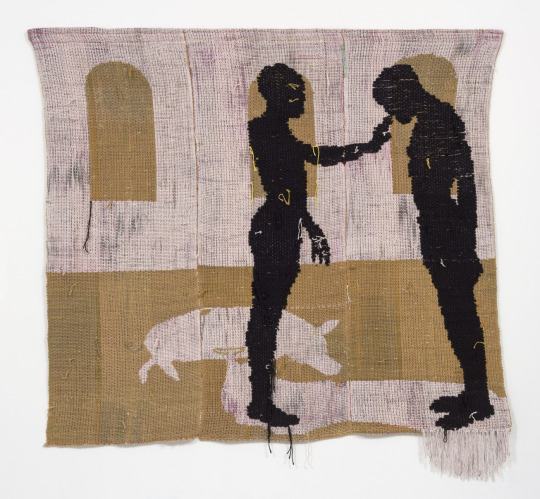
4 notes
·
View notes
Text
Participatory Culture
Phase One: EMERGENCE (1985‐1993)
Phase Two: WAKING UP TO THE WEB (1994‐1998)
Phase Three: PUSH‐BUTTON PUBLISHING (1999‐2004)
Phase Four: UBIQUITOUS CONNECTIONS (2005‐2011)
Phase Five: Rapid consumption and reproduction? (2011‐present)
· Increased use of social media makes it easier for content to be produced and reproduced across different websites. On social media there is little value for ownership of ideas and content with such large anonymous audiences which leads to easy replication by other people.
· Ease of use: increased mobility of internet/social media access with the emergence of smart phones (especially iPhones) in phase four allowed for people to begin networking on a large scale online and set up the foundations for phase five. However, it is only in recent years that iPhone ownership has become the overriding norm in our society not just among adults but also among children, increasing the reach of internet culture. A side effect of this is that there is little distinction for youth content and children have unrestricted access to adult content and consume social media culture as an average user i.e. an adult.
· In phase five the pervasiveness of social media participatory culture allows for anyone to accumulate a large follower base very quickly. This elevates average consumers to influential producers of culture.
· Rapid turnover of content. Where internet jokes and meme culture had a lifespan of months or even years in phase three and four, this has been reduced to the span of a couple of weeks before a new trend emerges, and it is out of date. This constant stream of new content to consume makes it seem as if time itself is elongated because we consume more online in a shorter period of time than we did in the past. The result of this is that we feel nostalgic for things not only from the early days of the internet, which in itself was not long ago but something everyone has become accustomed to due to the extent of participatory culture, but also things that have actually happened recently since 2011.
0 notes
Text
Glossary
Contemporary - of the “present”, from the recent past to right now. Contemporary art is art that is relevant to current issues and made within recent memory
Futurism - an artistic movement originating in Italy in the early 20th century that focused on the dynamics and energy of the modern world. Art was focused on movement, light and speed and rejected the cult of the past
Heuristic - process of problem solving that is self-directed, practical and efficient
Antinomies - contradiction or paradoxes; mutual incompatibilities of two laws
Asynchrony - an absence of place in time (synchronism); timelessness
Crowdsourcing - a company taking a function once performed by employees and outsourcing to an undefined (and generally large) network of people in the form of an open call. Group-funding, i.e. a Kickstarter
0 notes
